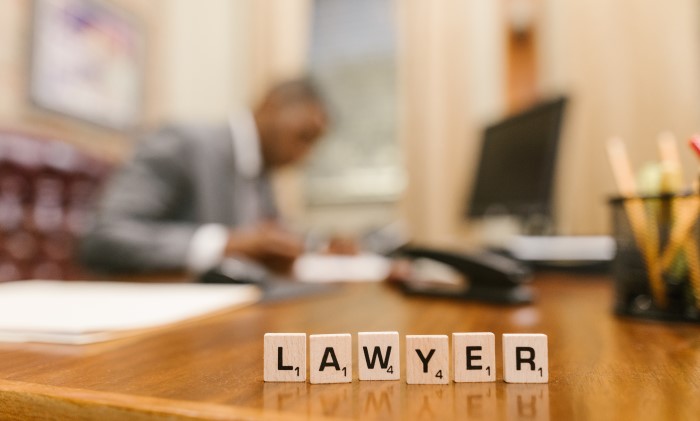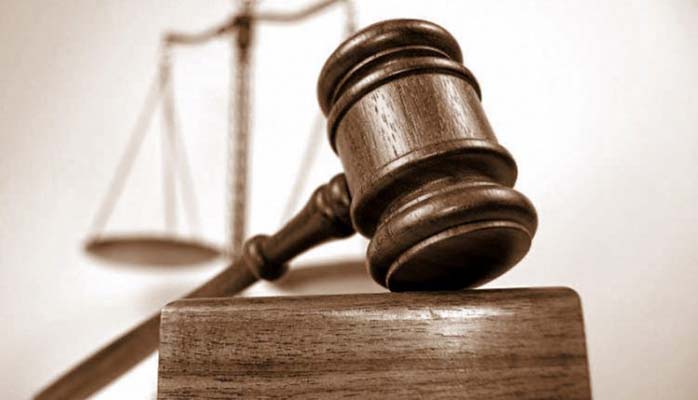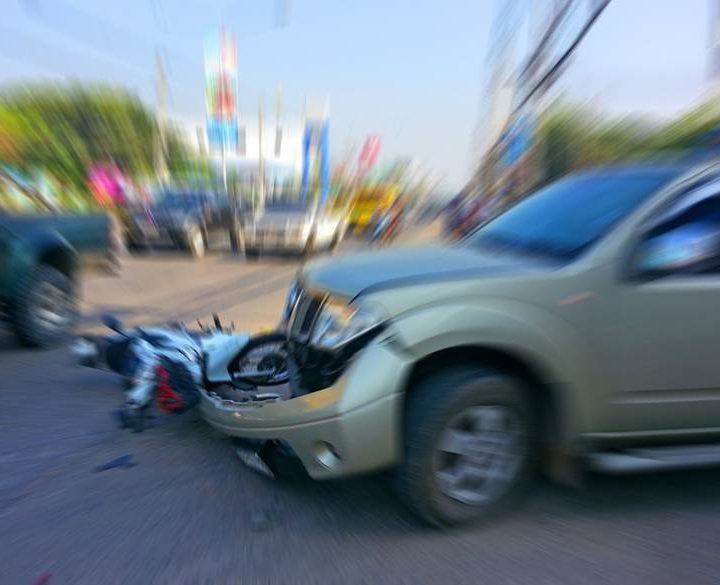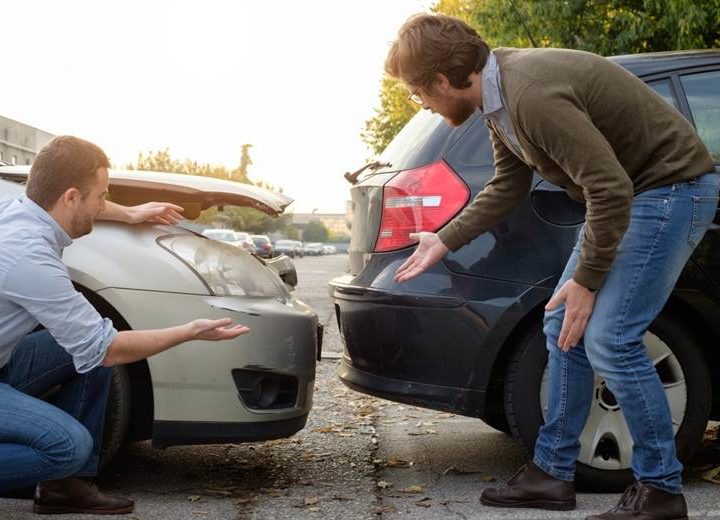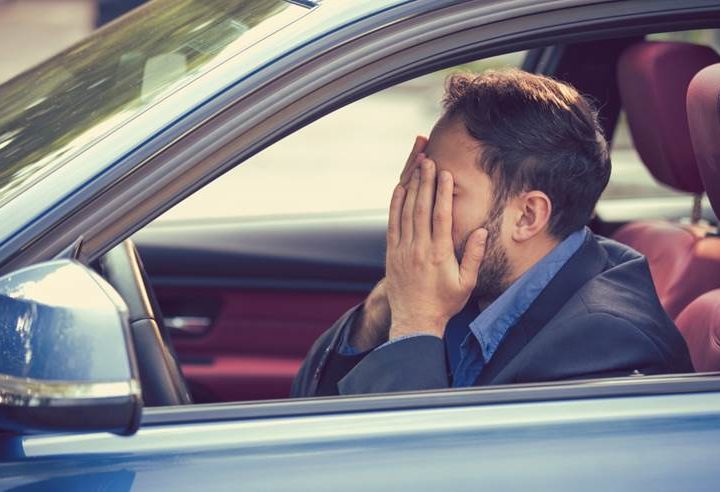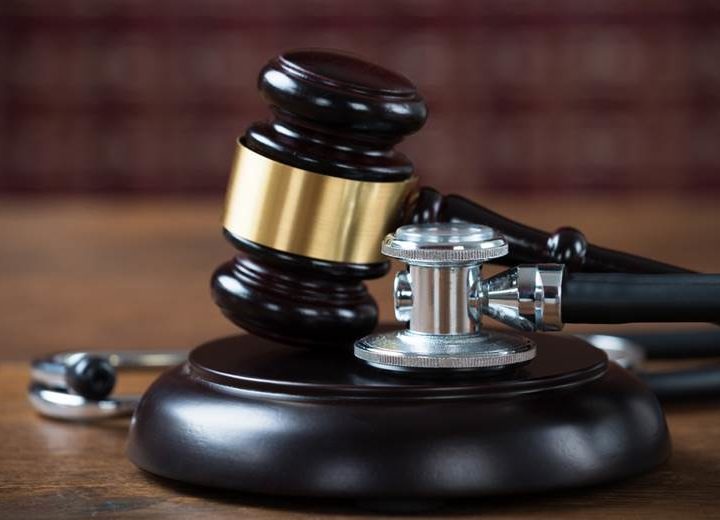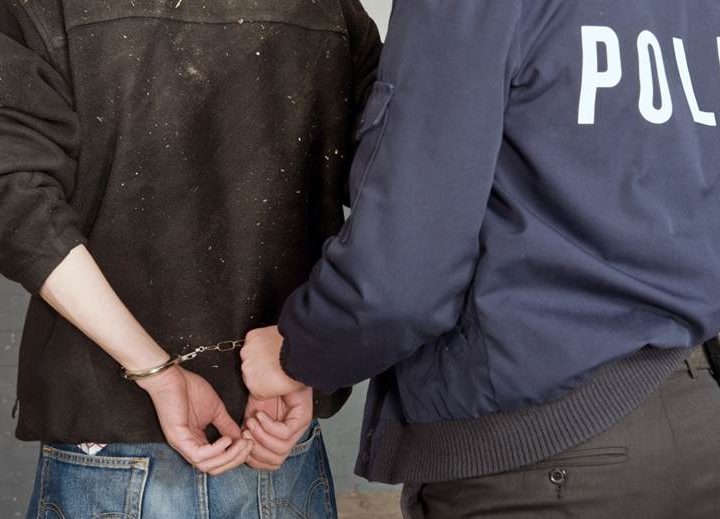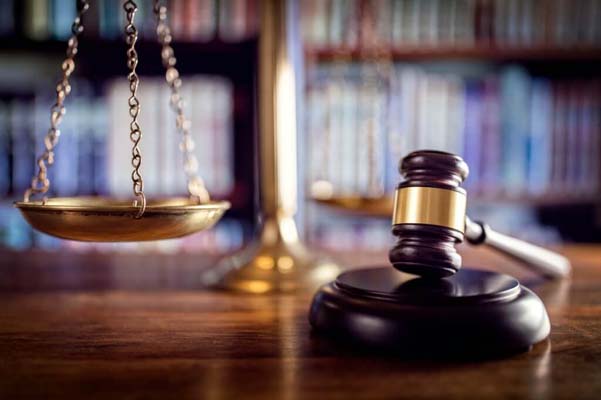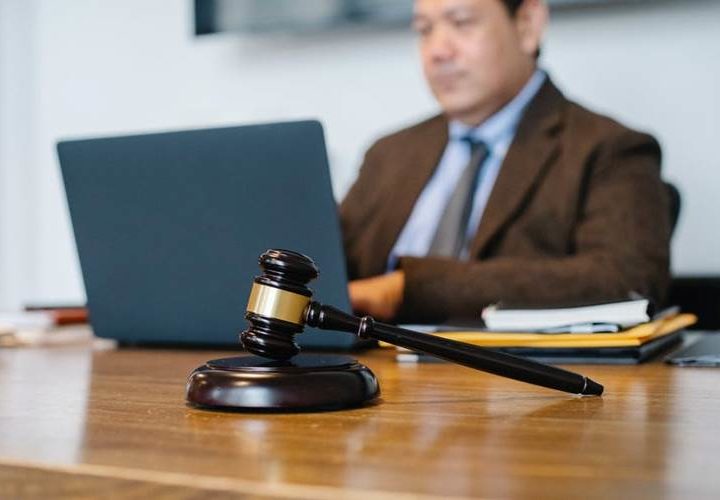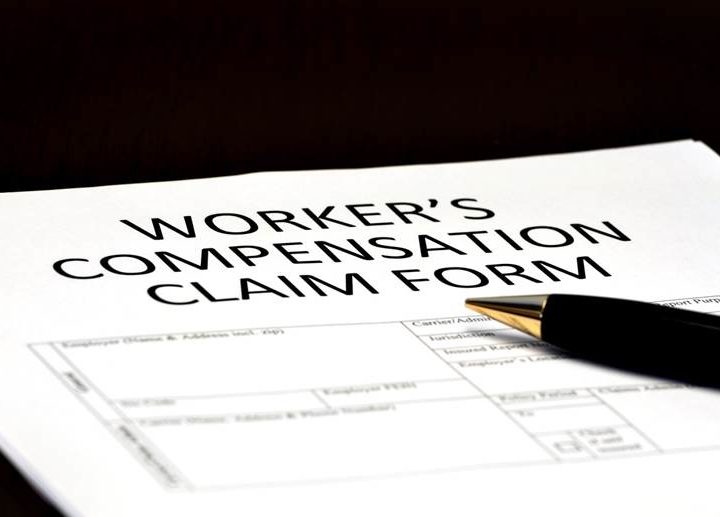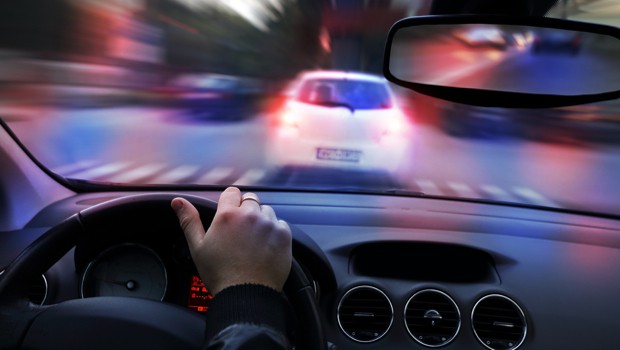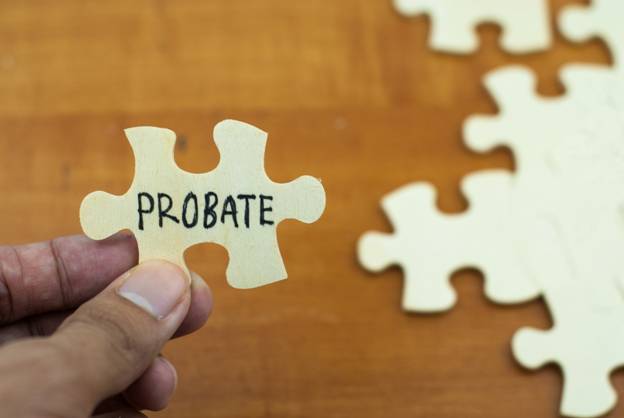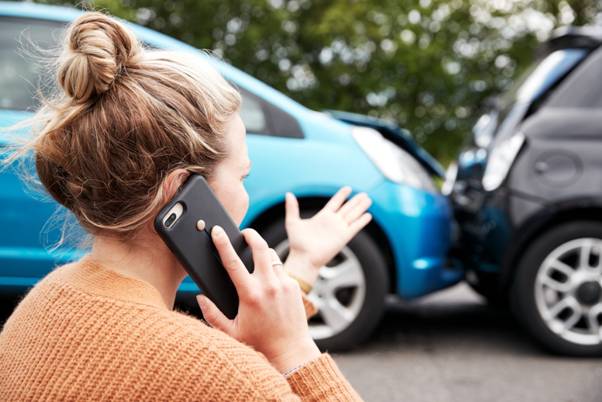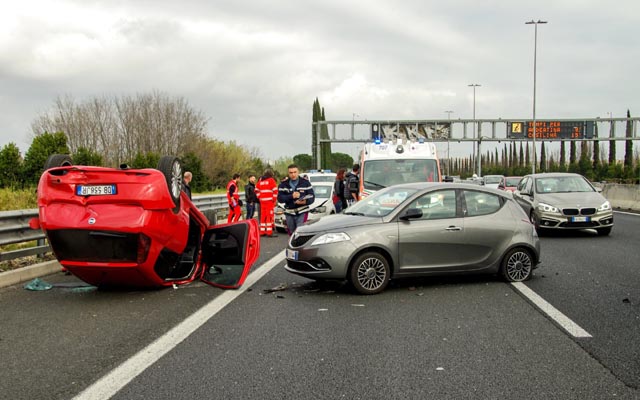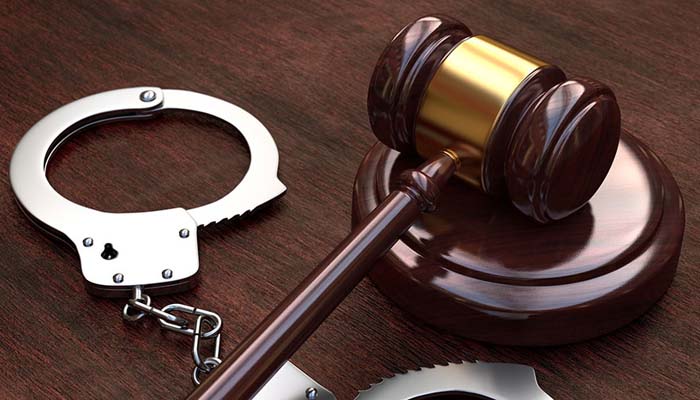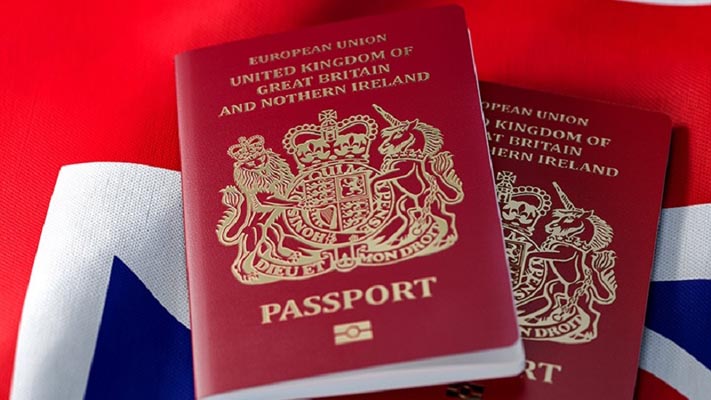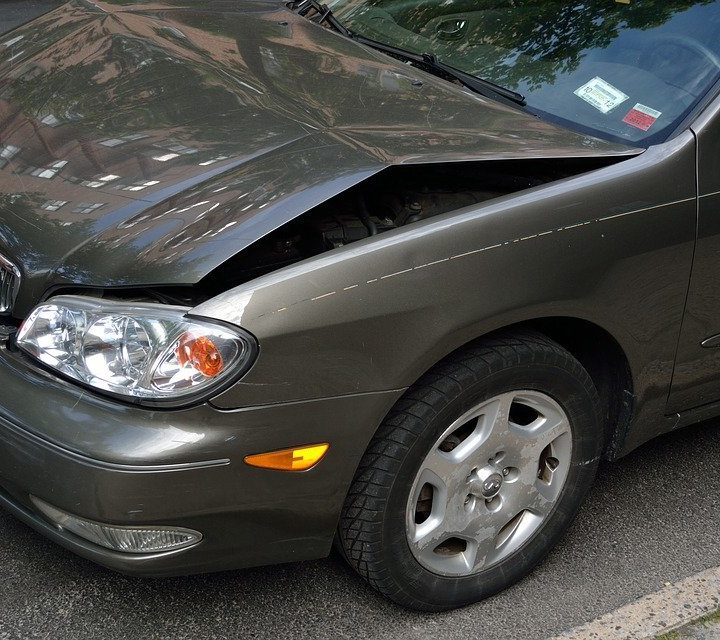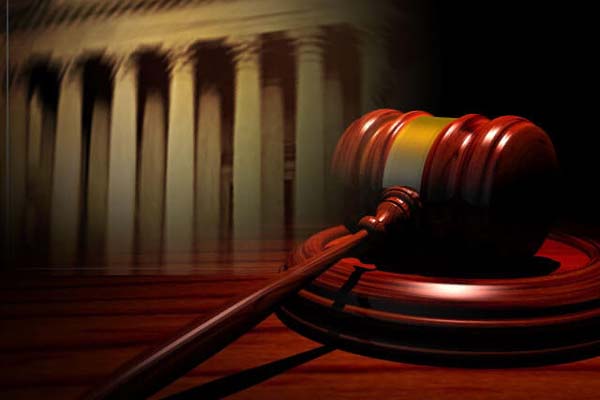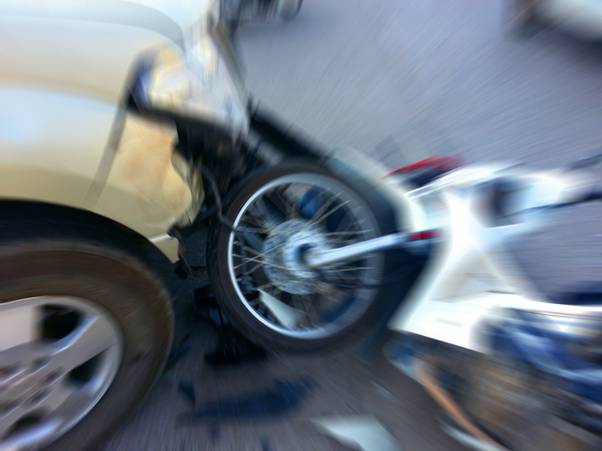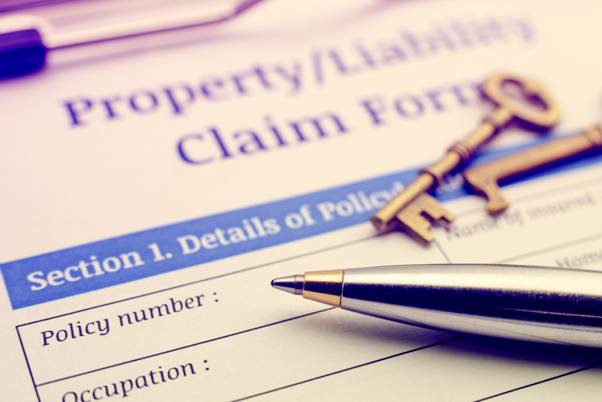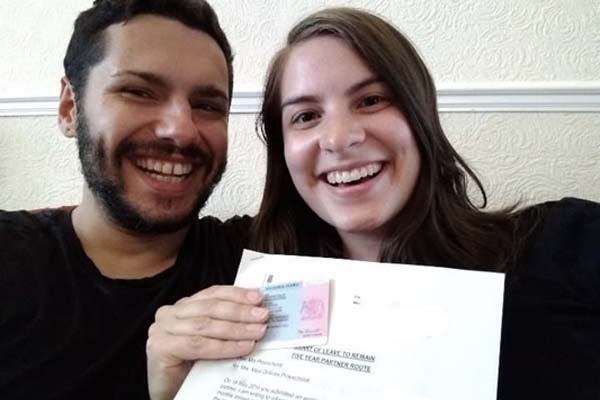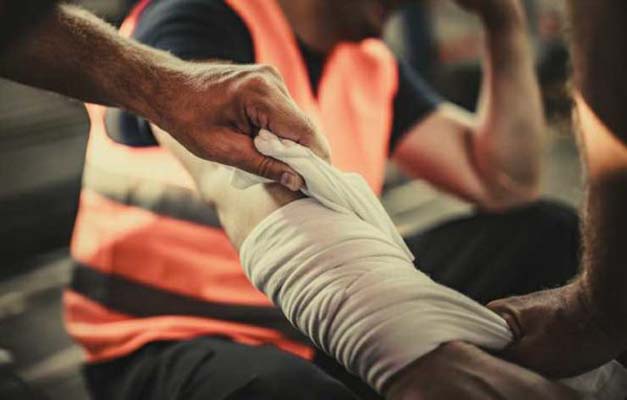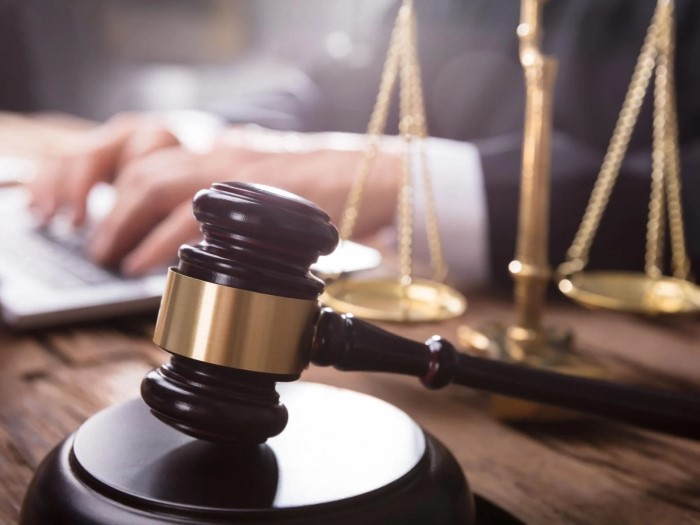Explore the increased legal charges and profound consequences of fleeing the scene of a DUI accident. Learn about preventive measures, real-life case studies, and expert insights.
Introduction
Driving under the influence (DUI) remains a significant public safety issue, leading to countless accidents, injuries, and fatalities annually. When drivers, under the influence of alcohol or drugs, choose to flee the scene of an accident, the legal and personal repercussions escalate dramatically. This article delves into the grave implications of fleeing the scene of a DUI accident, exploring legal consequences, psychological impacts, preventive measures, and real-life stories that highlight the gravity of this offense.
Understanding DUI
Driving under the influence (DUI) refers to operating a vehicle with a blood alcohol concentration (BAC) level above the legal limit, typically 0.08% in many jurisdictions. However, DUI is not limited to alcohol; it encompasses impairment due to drugs, including prescription medications and illicit substances. The prevalence of DUI incidents underscores the need for stringent laws and robust enforcement. According to the National Highway Traffic Safety Administration (NHTSA), alcohol-impaired driving accounted for 28% of all traffic-related deaths in the United States in 2019, highlighting the critical need for ongoing public awareness and preventive measures.
Legal Definition of Fleeing the Scene
“Fleeing the scene” of an accident is legally defined as leaving the location of a crash without providing necessary information or rendering aid to the injured. Legal obligations for drivers involved in accidents typically include stopping immediately, exchanging information, and assisting any injured parties. The severity of charges for fleeing the scene varies across jurisdictions, with some classifying it as a misdemeanor and others as a felony, especially when injuries or fatalities are involved. The law views fleeing the scene as an aggravating factor, leading to enhanced penalties and legal consequences.
Types of DUI Accidents
DUI accidents can manifest in various forms, each carrying distinct risks and consequences:
- Single-Vehicle Accidents: These involve only the driver and their vehicle, often resulting from loss of control due to impairment.
- Multi-Vehicle Accidents: Collisions involving multiple vehicles, potentially leading to severe injuries or fatalities.
- Accidents Involving Pedestrians: Incidents where impaired drivers hit pedestrians, often resulting in catastrophic injuries or death.
Understanding the types of DUI accidents helps in comprehending the wide-ranging impact of impaired driving on road safety.
Immediate Consequences of DUI
The immediate aftermath of a DUI arrest involves several legal and administrative actions:
- Arrest and Detainment: Upon suspicion of DUI, law enforcement officers arrest the driver and detain them for further testing and processing.
- Immediate Suspension of Driver’s License: Most jurisdictions enforce an automatic suspension of the driver’s license pending further legal proceedings.
- Bail and Initial Court Appearance: The driver may be released on bail, but must appear in court to face DUI charges, initiating the legal process.
These immediate consequences underscore the seriousness of DUI offenses and the swift legal actions that follow.
Legal Charges for Fleeing the Scene
Fleeing the scene of a DUI accident amplifies the legal repercussions significantly. Charges can range from misdemeanors to felonies, depending on factors such as the severity of the accident, injuries, and fatalities involved. Aggravating factors include prior DUI convictions, high BAC levels, and the presence of minors in the vehicle. Penalties for fleeing the scene often include hefty fines, extended jail time, probation, and mandatory community service. The legal system imposes these stringent penalties to deter such reckless behavior and uphold public safety.
Case Studies of DUI Accidents Involving Fleeing
Examining real-life cases provides a stark illustration of the severe consequences faced by individuals who flee the scene of a DUI accident. One notable case involved a driver who, after causing a fatal collision, attempted to evade law enforcement. The subsequent legal proceedings resulted in multiple felony charges, a lengthy prison sentence, and a permanent revocation of driving privileges. Analyzing such cases reveals the judiciary’s commitment to addressing DUI-related offenses with the utmost seriousness, reflecting society’s collective intolerance for such reckless actions.
Common Symptoms and Signs of Impairment
Recognizing impairment is crucial for preventing DUI incidents. Common physical signs include:
- Slurred speech
- Bloodshot or watery eyes
- Impaired motor skills and coordination
Behavioral indicators often include erratic driving patterns, aggressive behavior, and poor judgment. Field sobriety tests, such as the walk-and-turn and one-leg stand, help law enforcement officers assess impairment. These tests, combined with breathalyzer and BAC tests, provide a comprehensive evaluation of a driver’s sobriety.
Causes and Risk Factors of DUI
Various factors contribute to the prevalence of DUI offenses:
- Biological Factors: Differences in alcohol metabolism rates can affect individuals’ impairment levels.
- Psychological Factors: Conditions like addiction and stress can increase the likelihood of impaired driving.
- Environmental Factors: Easy access to alcohol and drugs, combined with social influences, can promote risky behavior.
Understanding these causes and risk factors is essential for developing effective prevention and intervention strategies.
Diagnosis and Tests for DUI
Diagnosing DUI involves several standardized tests:
- Breathalyzer Tests: Measure BAC levels by analyzing breath samples.
- Blood Alcohol Concentration (BAC) Tests: Provide precise BAC measurements through blood samples.
- Field Sobriety Tests: Assess physical and cognitive impairment through tasks that evaluate balance, coordination, and cognitive function.
These diagnostic tools are critical for law enforcement officers to accurately determine a driver’s level of impairment and enforce DUI laws effectively.
Treatment Options for DUI Offenders
Addressing DUI offenses often requires comprehensive treatment plans that include:
- Rehabilitation Programs: Structured programs that offer medical and psychological support for overcoming addiction.
- Counseling and Therapy: Individual or group therapy sessions aimed at addressing underlying issues and promoting behavioral change.
- Legal and Financial Counseling: Assistance in navigating legal consequences and managing financial implications.
Effective treatment options play a crucial role in reducing recidivism and supporting offenders in making positive life changes.
Preventive Measures
Preventing DUI incidents requires a multifaceted approach:
- Education and Awareness Campaigns: Public initiatives that highlight the dangers of impaired driving and promote responsible behavior.
- Designated Driver Programs: Encouraging the use of sober drivers to ensure safe transportation.
- Technology Solutions: Innovations like ignition interlock devices prevent intoxicated individuals from operating vehicles.
Implementing these preventive measures can significantly reduce the incidence of DUI-related accidents and enhance road safety.
Personal Stories of DUI and Fleeing
Personal testimonies from individuals involved in DUI accidents provide valuable insights into the human impact of these offenses. Offenders often recount the guilt and regret they experience, while victims and their families share stories of loss and resilience. Rehabilitation success stories also highlight the potential for recovery and positive change. These narratives underscore the profound personal and societal effects of DUI incidents and the importance of preventive efforts.
Expert Insights on DUI and Legal Consequences
Insights from legal professionals, law enforcement officers, and medical experts provide a well-rounded perspective on DUI offenses and their consequences. Legal professionals emphasize the importance of stringent penalties and comprehensive legal frameworks. Law enforcement officers highlight the challenges of enforcing DUI laws and the effectiveness of various interventions. Medical professionals discuss the health implications of impairment and the importance of treatment and rehabilitation. These expert insights contribute to a deeper understanding of the multifaceted nature of DUI offenses and their societal impact.
Impact on Mental Health
The psychological effects of DUI arrests and subsequent legal consequences can be profound. Offenders often experience anxiety, depression, and guilt, while victims may suffer from post-traumatic stress disorder (PTSD) and other mental health issues. Long-term mental health consequences include chronic stress, relationship difficulties, and challenges in personal and professional life. Access to mental health support and counseling is essential for addressing these issues and promoting recovery for all individuals affected by DUI incidents.
Insurance Implications of DUI and Fleeing
DUI offenses and fleeing the scene of an accident have significant implications for car insurance. Offenders typically face:
- Increased Premiums: Higher insurance rates due to the increased risk associated with DUI offenses.
- Potential Denial of Coverage: Some insurers may refuse to cover individuals with DUI convictions.
- Legal Implications for Insurance Claims: Complications in filing claims and receiving compensation due to legal proceedings.
Understanding these insurance implications is crucial for managing the financial aftermath of DUI offenses and ensuring compliance with legal requirements.
Role of Technology in Preventing DUI
Advancements in vehicle technology and personal devices play a pivotal role in preventing DUI incidents. Innovations include:
- Ignition Interlock Devices: Prevent vehicles from starting if the driver is intoxicated.
- Apps for Monitoring Intoxication: Mobile applications that help individuals monitor their alcohol consumption and make informed decisions.
- Future Prospects: Emerging technologies such as autonomous vehicles and advanced driver-assistance systems (ADAS) hold promise for further reducing DUI incidents.
Embracing these technological solutions can enhance road safety and contribute to the broader efforts of DUI prevention.
Challenges and Limitations in DUI Prevention
Despite significant progress in DUI prevention, several challenges and limitations persist:
- Legal and Ethical Concerns: Balancing public safety with individual rights and privacy.
- Limitations of Current Technologies: Addressing the technical and practical limitations of existing DUI prevention tools.
- Societal Attitudes Towards DUI: Changing public perceptions and behaviors regarding impaired driving.
Addressing these challenges requires ongoing collaboration among legal, technological, and public health stakeholders to develop effective and ethical solutions.
Latest Innovations in DUI Law Enforcement
Recent advancements in DUI law enforcement include:
- Changes in DUI Laws: Updates to legal frameworks that enhance penalties and improve enforcement.
- Technological Advancements: Adoption of new tools and techniques for detecting and preventing DUI offenses.
- Successful Implementation: Case studies of jurisdictions that have successfully implemented new strategies and observed positive outcomes.
These innovations reflect the evolving landscape of DUI law enforcement and the continuous efforts to enhance public safety.
Future Prospects in DUI Legislation
The future of DUI legislation holds several promising developments:
- Potential Changes in DUI Laws: Anticipated updates that may include stricter penalties and expanded definitions of impairment.
- Predictions for Stricter Penalties: Trends towards harsher punishments for DUI offenses to deter impaired driving.
- Future Trends in DUI Prevention: Emerging strategies and technologies that aim to further reduce the incidence of DUI-related accidents.
These future prospects highlight the ongoing commitment to addressing DUI offenses and promoting road safety.
Comparative Analysis of DUI Laws
A comparative analysis of DUI laws reveals significant differences across jurisdictions:
- State Laws: Variations in legal limits, penalties, and enforcement practices within the United States.
- International Perspectives: A look at how different countries approach DUI offenses and their relative effectiveness.
- Comparative Effectiveness: Analyzing which legal approaches yield the best outcomes in terms of reducing DUI incidents.
Understanding these differences provides valuable insights into the most effective strategies for combating DUI offenses globally.
User Guides for Dealing with DUI Charges
Navigating the legal process following a DUI charge can be daunting. A comprehensive user guide includes:
- Step-by-Step Guide to Navigating the Legal Process: Detailed instructions on what to expect and how to prepare.
- Tips for Finding Legal Representation: Advice on selecting a qualified DUI attorney.
- Advice for Handling Court Appearances: Practical tips for appearing in court and presenting your case effectively.
This guide empowers individuals to manage the legal challenges associated with DUI charges and make informed decisions.
Preventive Measures for Avoiding DUI
Practical preventive measures can significantly reduce the risk of DUI incidents:
- Tips for Safe Driving: Best practices for ensuring safety on the road.
- Planning Alternatives to Driving Under Influence: Options such as ride-sharing, public transportation, and designated drivers.
- Strategies for Peer Support and Intervention: Encouraging friends and family to intervene and support responsible behavior.
Implementing these preventive measures helps create a safer driving environment and reduces the incidence of DUI offenses.
Conclusion
In summary, the act of fleeing the scene of a DUI accident compounds the already severe consequences of impaired driving. The legal, psychological, and societal impacts of such actions are profound, underscoring the critical need for robust preventive measures and effective legal frameworks. By increasing public awareness, embracing technological advancements, and promoting responsible behavior, we can work towards a safer and more responsible driving culture. Together, we can make a significant impact in reducing DUI-related accidents and ensuring safer roads for everyone.


